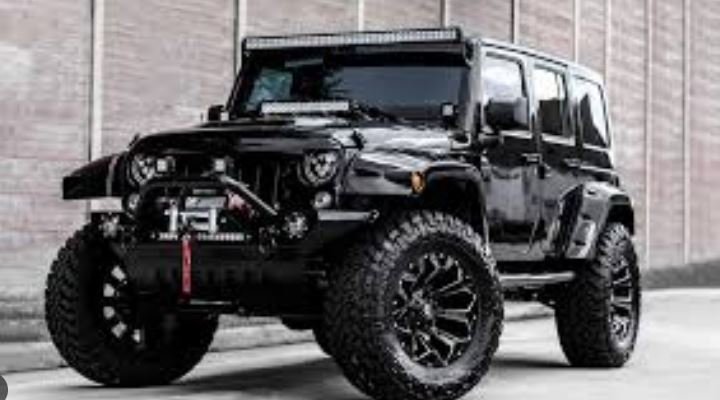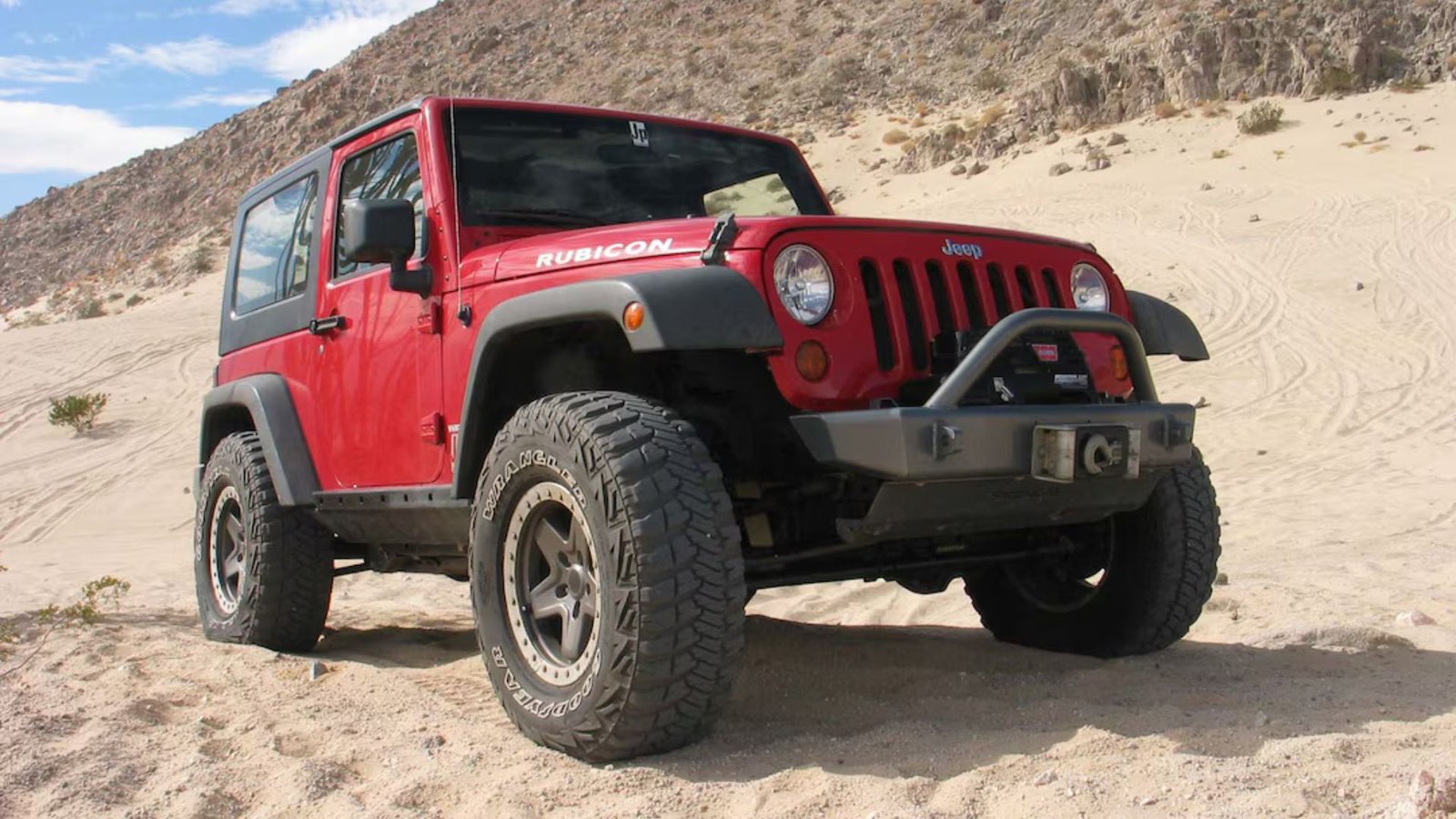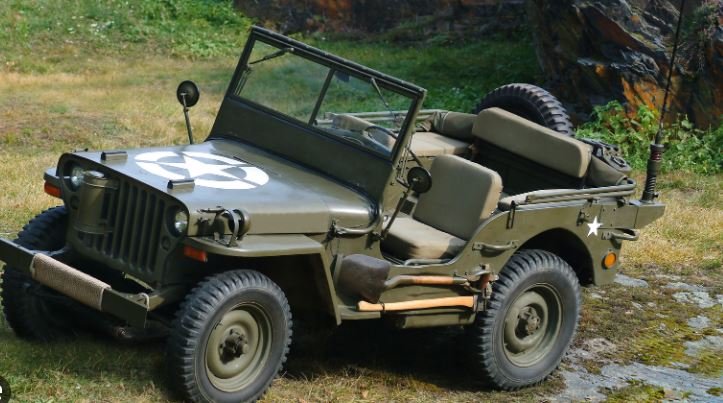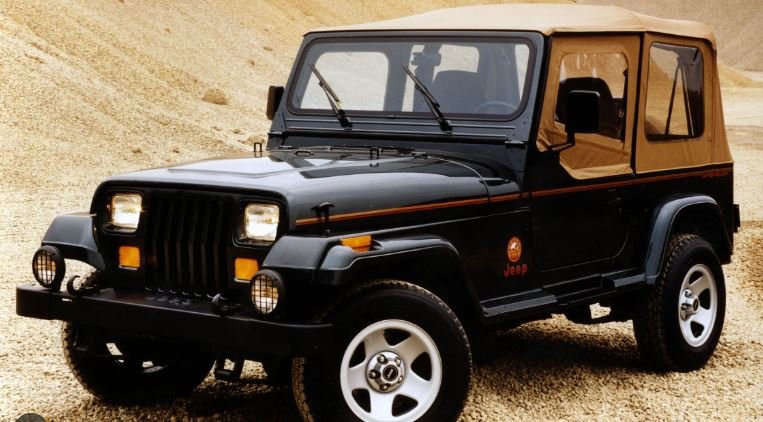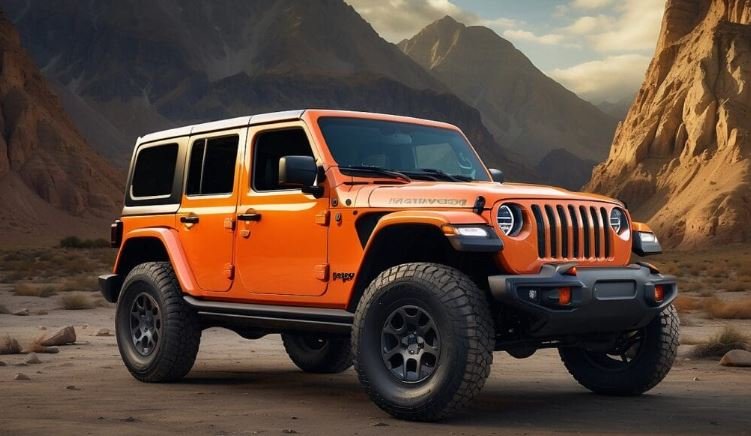Customizing your Jeep can elevate your off-road experience, making it uniquely suited to your adventure needs. From enhancing performance to adding comfort and style, various modifications can transform your Jeep into a personalized adventure machine. Here’s how you can customize your Jeep to tackle any terrain with confidence.
1. Upgrade Suspension for Better Off-Road Performance
Enhancing your Jeep’s suspension system improves off-road handling and comfort. Consider installing a lift kit to increase ground clearance, allowing you to navigate rough terrains and obstacles more easily. Upgraded shock absorbers and control arms can further enhance ride quality and stability. With improved suspension, your Jeep will handle trails, rocks, and uneven ground with greater ease.

2. Add All-Terrain Tires for Enhanced Traction
Swapping out your factory tires for all-terrain or mud-terrain tires can significantly improve traction on various surfaces. All-terrain tires offer a balanced performance for both off-road and on-road driving, while mud-terrain tires provide superior grip in muddy or sandy conditions. Choose tires that match your typical driving environments and ensure they are the correct size for your Jeep’s wheels.
3. Install Skid Plates for Underbody Protection
When venturing off the beaten path, protecting your Jeep’s underbody is crucial. Skid plates shield critical components like the oil pan, transmission, and transfer case from damage caused by rocks and debris. Investing in high-quality skid plates can prevent costly repairs and maintain your Jeep’s reliability during tough off-road adventures.
4. Upgrade Lighting for Better Visibility
Enhancing your Jeep’s lighting system can improve visibility during nighttime or low-light conditions. Consider adding LED light bars or off-road spotlights to illuminate trails and obstacles. Auxiliary lights mounted on the front bumper or roof can provide additional illumination, ensuring safer navigation in dark environments. Upgraded lighting also adds a rugged look to your Jeep.
5. Add Roof Racks and Storage Solutions
For extended adventures, additional storage space can be invaluable. Installing a roof rack provides extra cargo space for gear, tents, and other equipment. Roof racks are ideal for carrying larger items that don’t fit inside the vehicle. You can also add storage solutions like grab handles and organizers to keep your gear accessible and secure.
6. Customize the Interior for Comfort and Functionality
Enhancing your Jeep’s interior can make long trips more comfortable and functional. Upgraded seat covers, floor mats, and custom-fit organizers can improve comfort and protect your vehicle from wear and tear. Consider adding a navigation system or upgraded audio equipment for better entertainment and direction during your adventures.
Conclusion
Customizing your Jeep for adventure enhances its performance, protection, and comfort, making every off-road journey more enjoyable. Upgrades like improved suspension, all-terrain tires, skid plates, and advanced lighting ensure your Jeep is ready to tackle any terrain. Personalizing your Jeep not only boosts its capability but also reflects your unique style and adventure preferences.

